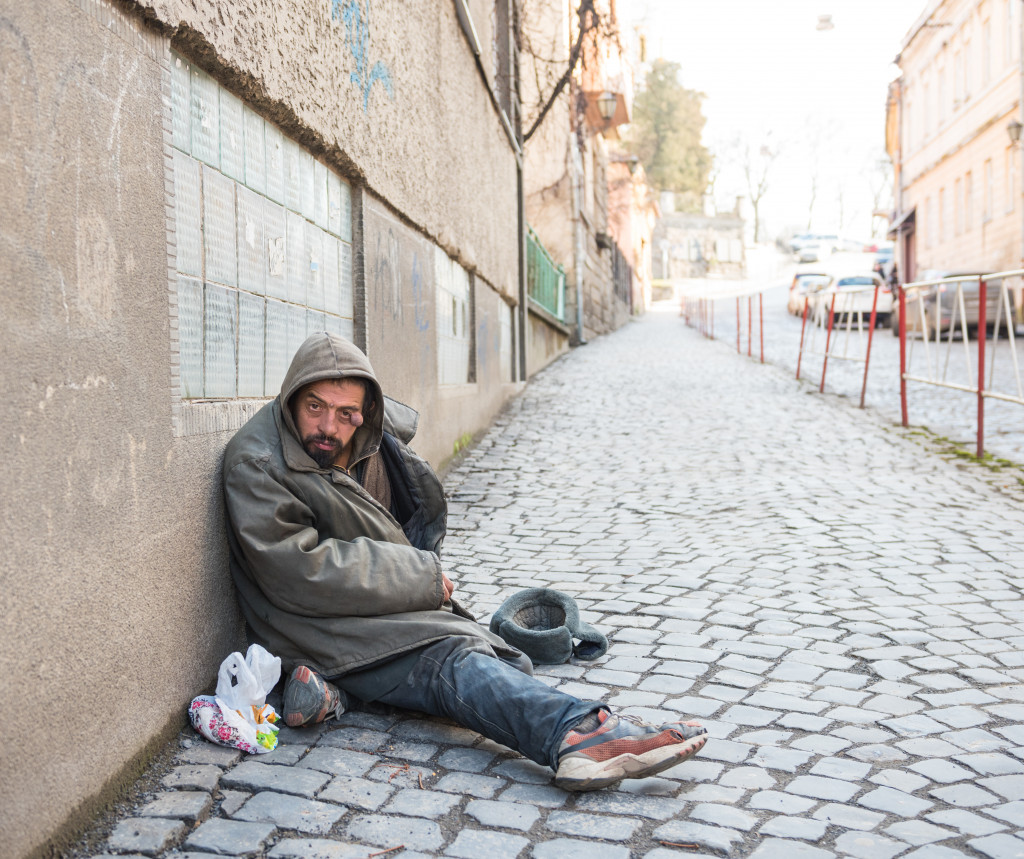• Lack of affordable housing is one key factor of high rates of homelessness in any community due to poverty and discrimination.
• Mental health issues, such as a lack of access to medical care or treatment, can lead individuals to financial insecurity and homelessness.
• Substance abuse disorder can also contribute to homelessness by making it difficult for people to keep employment and leading them into financial hardship.
• Creating opportunities for affordable loans and developing resources to assist those in need are just some ways to deal with homelessness.
• Homelessness is a serious issue, but with proper understanding and action, you can make a real difference in your community.
Homelessness is a complex issue with many causes, but it’s essential to understand why your community has a higher rate of homelessness than other communities. Many factors are at play regarding homelessness, from financial struggles to mental health problems. Let’s take a look at some of the primary reasons why your community may have such a high rate of homelessness.
Lack of Affordable Housing
One of the most common causes of homelessness is an inability to pay for housing. In some cities, especially those with high costs of living and sparse public transportation, the cost of rent can be too much for people struggling with poverty or low wages. Many people also lack access to affordable housing due to discrimination or not meeting specific criteria (such as having a criminal record). As such, many people cannot secure safe, stable housing and end up homeless.
Mental Health Issues
Mental health issues can also contribute to homelessness. Mental illness can often interfere with an individual’s ability to keep employment or maintain healthy relationships, leading them into financial instability and ultimately causing them to become homeless.
Additionally, those who suffer from mental illness may not have access to proper medical care or treatment due to limited resources and inadequate insurance coverage. This can lead to further destabilization and make it more difficult for them to find long-term solutions for their housing needs.

Substance Abuse Disorder
Substance abuse disorder is another factor that can contribute significantly to homelessness rates in specific communities. Substance abuse disorder often leads individuals into financial hardship due to the costs associated with buying drugs or alcohol while also making it difficult for them to secure steady employment due to their addiction-related behaviors or impaired cognitive functioning. This can leave them without adequate resources and increase their chances of homelessness.
Contrarywise, individuals who struggle with substance abuse disorder may turn towards drug dealing with making money quickly; this activity often leads them deeper into poverty and puts them at risk of becoming homeless as well as committing other criminal activities like theft or fraud in order survive on the streets.
Reducing Homelessness Rates
Homelessness is an incredibly complex issue affecting countless individuals worldwide every day—and your community is no exception! Numerous factors can contribute towards high rates of homelessness in any given area but understanding these factors can help you better understand why your community has such high rates of homelessness and what you can do about it moving forward! Here are some suggestions for your community if you want it to reduce homelessness rates.
Give Affordable Loans
One of the main reasons community members can’t buy a house is that they can’t afford the loans. Offering affordable mortgage loans can help people in your community access better housing, reducing the risk of homelessness. They can also offer exceptional support to those already in danger of becoming homeless.
Develop Resources
Making sure there are enough resources for individuals struggling with poverty, mental health issues, and substance abuse disorder can help reduce the risk of homelessness in your community. Developing programs designed to address these needs can give people access to the help they need, helping them access better housing and lead more stable lives.

Increase Affordable Housing Supply
In addition to providing affordable loans, your community can also increase its supply of affordable housing. This is especially important in areas where rent prices are high, as this can make it impossible for those living on low wages or incomes to secure their own homes. Increasing the amount of affordable housing in your community can make a big difference for those at risk of becoming homeless.
Create Public Housing
In some cases, creating public housing in a community can help those struggling with poverty or low wages find an affordable place to live. This can also give people a certain level of stability and a sense of belongingness as they will live in a community with people who share similar struggles.
These are just some steps to reduce homelessness rates in your community. Remember, homelessness is an incredibly complex issue—but by understanding and addressing its underlying causes, you can positively impact your local population and work towards making a real difference.

